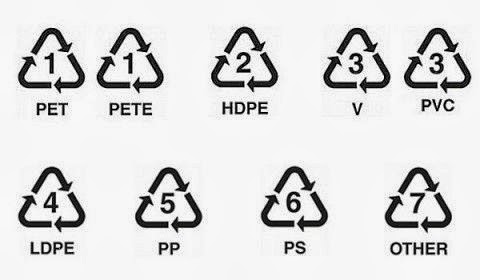Hoy traigo, una información que puede ser interesante, en los envases de plástico, normalmente en la parte de abajo, aparece un triangulo (símbolo de que el producto es reciclable) y en el centro contiene un número. Mucha gente piensa que el número representa la calidad del plástico, es decir, que el 1 puede ser de mejor o peor calidad, o una numeración más alta, será de mayor calidad el envase de plástico. Pero esto realmente no es así. Varios productos plásticos están identificados con un número dentro del símbolo de reciclaje. Este número indica el tipo de plástico del cual está hecho el producto. PET o PETE (Polietileno tereftalato). Es el plástico típico de envases de alimentos y bebidas, gracias a que es ligero, no es caro y es reciclable. Una vez reciclado, el PET se puede utilizar en muebles, alfombras, fibras textiles, piezas de automóvil y, ocasionalmente, en nuevos envases de alimentos. HDPE (Polietileno de alta densidad). Gracias a su versatilidad y resiste...



Comentarios